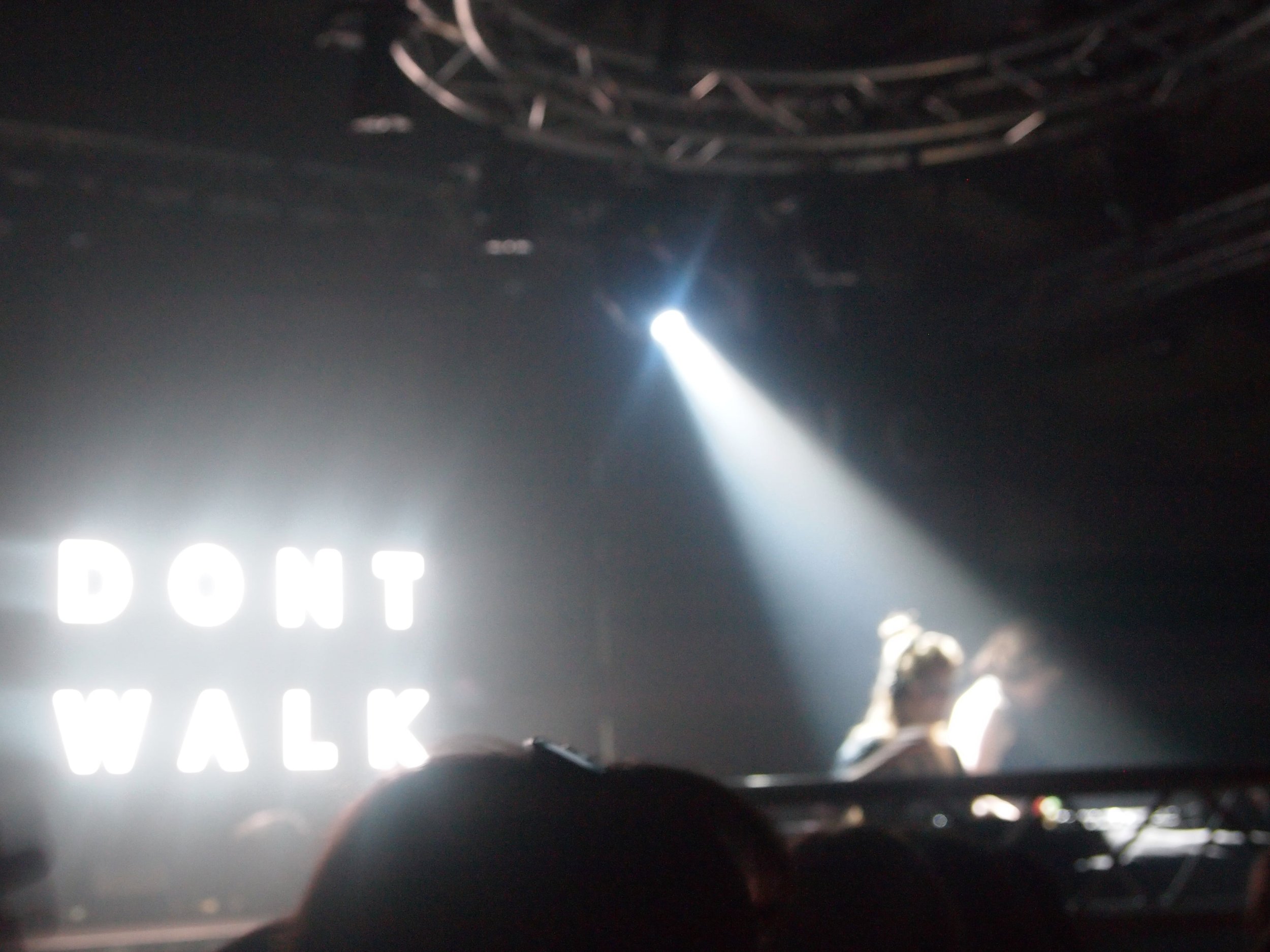DW24: INSURGENCE
Words and Images by Wonder Lisungi, Stylist.
Attending a fashion show is a performance in itself. It can be said that as an audience member, you become an extension of the show’s theatrics in some manner, your reactions fuel the energy in the space. INSURGENCE, taking place on March 16th, unfolded as the latest offering from DONT WALK – the title instantly imbuing the event with a sense of rebellion. Coupled with the event’s proceedings going forward to the Elton John AIDS Foundation and the Wounded Warrior Project, DONT WALK seemed to want to emphasise the representation of minority groups.
Though surrounded by glitz and glamour at Bowhouse, with champagne flowing and a buzz surrounding auction pieces, my initial reactions probed deeper questions about the show’s alignment with its stated values of rebellion and representation.
Porta potties for VIP and general ticket holders?!
Oh, the music is hot.
Is cheetah print trending again?
The show, though innovative in its incorporation of a platform, posed challenges depending on where one stood, even in VIP. Still, I appreciated being let into the venue to catch the vibe of the attendees (I loved seeing the corporate ticket holders) rather than being locked out and then rushed in to create needless hype. People need to walk around and gander at these types of proceedings.
At the show’s onset, as if emerging from the depths of darkness, Sammie (model pictured above) opened the show, beckoning the audience into a world of movement and emotion with a contemporary dance backed by the in-house DJs. Following this, the models slowly appeared in sombre hues, cowering in restricted but dynamic movements, grasping their necks and breasts, or holding their hands behind their backs, exuding a sense of vulnerability (a theme I believe played a vital point).
The most notable piece in the show was the oversized arm knit scarf from Hugo Stynes' ‘What He Wore’ collection, the perfect addition to the first phase of the show - Repression - adding to the emotional gravity presented while paradoxically offering a sense of security. Moving from phase I to II, the work matched the energy slightly. Fashion, while still present, didn’t dominate the spotlight as much in phase I - however, the slow incorporation of colour was a nice touch.
The music, arranged by live DJs, effectively set the mood and added to the sense of ‘artistry in motion’ - to audience members Alejandra and Alexandra, 10s ACROSS THE BOARD! Also, the innovation in terms of material was compelling, with the models seeming to camouflage themselves within the pieces, morphing seamlessly as they moved throughout the show.
I took great pleasure in repeatedly craning my neck to see who was watching and attempting to lip-read every audience member's pre/current show conversation. Beyond quelling my curiosity, discovering what people around me had to say about the show from phase to phase was entertaining and enlightening. Why not be nosy? There’s an unspoken rule, especially at fashion shows like these, where the atmosphere is vibrant and the energy palpable. It's the rule of intrigue, the unwritten invitation to indulge in the whispered exchanges and animated discussions accompanied by the watered-down champagne (and liquid death).
I applaud the creative team for challenging conventional notions and attempting something new - the reprise of the iconic Kate Middleton dress was a fun surprise. However, opportunities were missed for greater authenticity and engagement with diverse perspectives. There’s a lot to be said when it comes to rebellion in reference to queer culture. As the industry evolves, there’s a growing demand for fashion that not only dazzles on the runways but also engages with pressing societal issues and uplifts marginalised voices.
When it comes to considering how well DONT WALK’s creative team acknowledged and interpreted these narratives, it seems there was a nuanced attempt to thread the delicate balance between showcasing style and substance. However, the execution sometimes fell short of deeply engaging with the complex themes it sought to represent. While the aesthetic and performative elements were striking, the depth of narrative engagement necessary to genuinely honour and resonate with the experiences of marginalised communities (i.e. the queer community) was not always evident. This gap highlights an area for growth, suggesting that future endeavours could benefit from a more integrated approach that ensures both a visual spectacle and meaningful cultural dialogue are equally prioritised. Moving forward, I hope that DONT WALK uses this as an opportunity for reflection and refinement to ensure that future presentations truly reflect the communities they seek to celebrate.



